Our Services
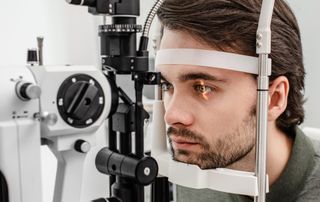
Comprehensive Eye Exams
A comprehensive eye exam is recommended every 1-2 years. For diabetics and those over the age of 60 years an eye exam is recommended every year. Our comprehensive eye exams include the following:
- Patient history
- Testing of uncorrected and corrected visual acuity
- Assessments of pupil, visual field, eye muscle function and eye alignment
- Careful evaluation of the anterior and posterior segments of the eye, including dilation when indicated
Diabetic Eye Exams
Around 40 million people in the United States have diabetes and its incidence is expected to increase. It can have devastating effects on the eye from fluctuating vision, cataracts, diabetic retinopathy, retinal detachments and even blindness. Diabetics should strive to maintain a hemoglobin A1C below 7% and it is highly recommended that they get a dilated eye exam done every year. Diabetic retinopathy can be treated and has much better outcomes when managed early.
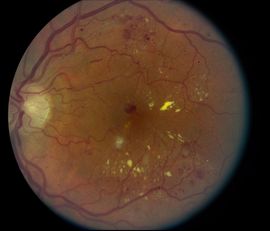
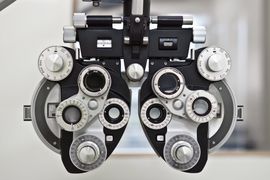
Refractions
A refraction done to determine a patient's proper eyeglass prescription to correct for nearsightedness, farsightedness, astigmatism and presbyopia. The eye is dynamic and changes focus. Your eyeglass prescription can also fluctuate with diabetes and be affected by conditions like cataracts. Because of this it is recommended that a refraction be done with a comprehensive eye exam. Do you want to trust your eyes to an online refraction or have a doctor properly evaluate it for you?
Contact Lens Fittings
A contact lens fitting involves taking an eyeglass prescription and then converting it into a contact lens prescription based on the available parameters. Then your doctor chooses an appropriate contact lens for your eyes based on your visual needs, health of your eye and the curvature of your cornea. After that your doctor takes an actual contact and places it on the eye to see how it fits and makes adjustments according to how it fits and settles on the eye. The adjustments may include changing the prescription or the fitting parameters of the contact lens.
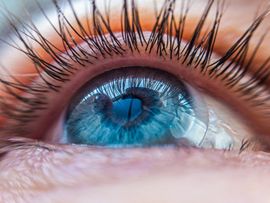
Specialty Contact Lens Fittings
Specialty contact lens fittings are done in situations that require unique considerations of a patient's eye and visual requirements. An example would be specially designed contact lenses for keratoconus. These lenses require specific parameters and designs to overcome the irregular shape of the cornea. Practitioners need to have various methods of correcting for keratoconus because one option might work for one patient, but not another. The types of contact lenses used in specialty contact lense fittings include gas permeable, scleral, hybrid and customized soft lenses. At Wasatch View Eye Care we excel and specialize in fitting an assortment of lens designs for nearly all eye conditions.
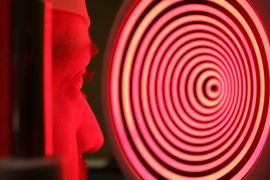
Corneal Topography
A corneal topographer shines standardized rings of light off the cornea and measures the distance between them to create a topographic map. To efficiently and successfully fit specialty contact a corneal topographer is needed. A topographic map of the cornea enables a practitioner to customize a contact lens based off of the readings. Corneal topographers are also commonly used in the screening of patients for refractive surgery. Patients with irregular or abnormal corneal topography should be approached cautiously before getting a procedure like LASIK.
Glaucoma Evaluation & Treatment
Glaucoma is a very insidious disease, and most patients are unaware that they have when they are diagnosed. It is most commonly diagnosed by an astute eye doctor during a routine exam. Due to the complexity of the disease, it requires frequent visits for visual fields, optic nerve head evaluation, gonioscopy and checking intraocular pressure measurements. With years of experience and a residency Dr. Mellor is experienced and knowledgeable in managing and treating glaucoma.

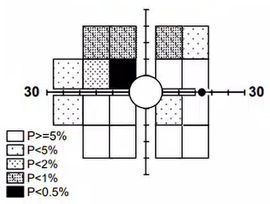
Visual Field Testing
Visual field testing is used to evaluate the functional deterioration of a patient’s peripheral vision with glaucoma, neurological conditions and assessment of vision obstruction prior to a blepharoplasty or ptosis surgery. When patients have significantly diminished visual fields state motor vehicle departments use them to determine license eligibility and restrictions. A visual field test involves occluding one eye and then fixating on a target with the other eye (typically in a large white bowl). Then as lights or patterns are shown a patient clicks a button to indicate that they saw it. This is done in all visual quadrants and checked for reliability. The patterns the fields take can be diagnostic for glaucoma and even find the exact location of a lesion along the visual pathway.
Retinal Photography
Retinal photography is very useful to the eye care clinician. It is used to monitor and document the progress of diabetic retinopathy, choroidal nevi, glaucoma, retinal inflammation and many other retinal conditions. The phrase "a picture is worth a thousand words" really holds true with retinal photography. Its use improves managing ocular conditions and communication between eye care providers. Being able to take pictures inside of the eye is an enormous benefit to the modern eye care practitioner.
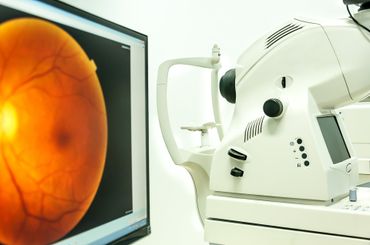
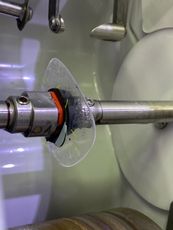
Same Day Glasses
What do you do if you wear contact lenses all the time, but because of an infection you can't wear them for a week? You need to get a pair of glasses to get by with until you can wear contact lenses again. At Wasatch View Eye Care we have an edger at our South Jordan location and have stock single vision lenses for 90% of the prescriptions we fill. This allows us to make an urgently needed pair of eyeglasses in about 30 minutes. On top of that it also allows us to offer lenses of better quality at a competitive price with an improved turnaround time.